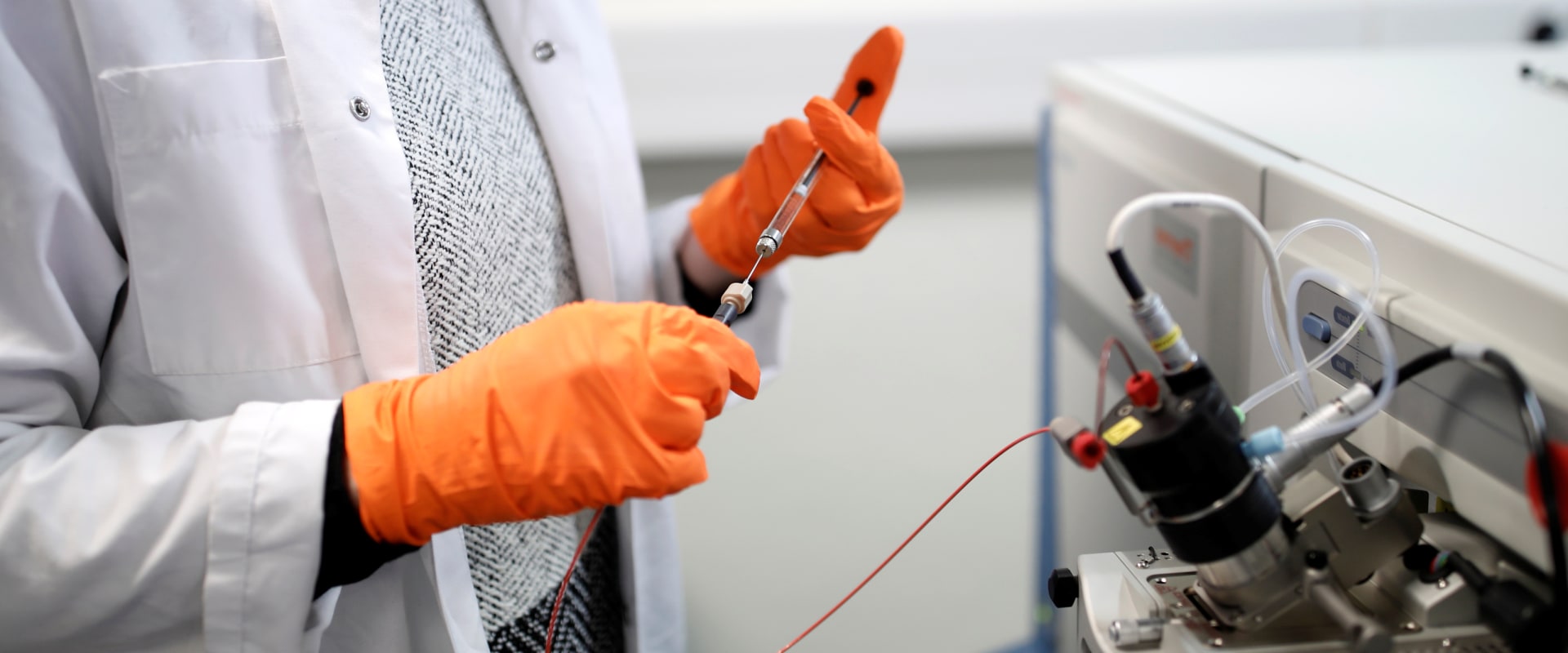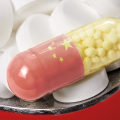The pharmaceutical industry is becoming an oligopoly because of the staggering costs of developing and marketing new drugs and because of patents that protect new products from competition. Although the vast majority of pharmaceutical companies are multinational today and so many national differences have been smoothed out, the presence of a major domestic pharmaceutical industry has historically affected the national policies of major European countries. For example, the positive contribution to national economies (in terms of employment and commercial exports) favored a positive attitude towards the pharmaceutical industry in northern countries, such as Germany and the United Kingdom. On the contrary, chronic trade deficits in southern nations, such as Italy and Spain, favored stricter pricing and reimbursement schemes, although even these were not necessarily effective in containing domestic expenditures driven by aggressive pharmaceutical marketing in these countries.
In the early 1990s, Hotelling introduced the most realistic and modern concept of product competition based on quality differentiation, which allows companies to compete beyond prices in many markets. Competitors try to differentiate their products and compete more for quality than price in markets such as fashion, where customers highly value product quality. To maximize profits, the best combination of product quality and price will depend mainly on the type of market. However, competitors need to differentiate their products to deter tough price competition and be able to continue to set prices higher than marginal costs for an extended period of time to maximize profits.
Pakistan, Syria and other target market countries for Iran's pharmaceutical exports rank next on this list. This type of competition in the market seems perfectly understandable from a supply point of view, with an R%26D-oriented industry, such as pharmaceuticals, expecting a high return on investment, but casts doubt on how demand-side health authorities play their role as “perfect agents” on behalf of of citizens. However, this study identified Pakistan, Syria, Armenia, United Arab Emirates, Tajikistan, Uzbekistan, Azerbaijan and a few other countries as potential target markets for pharmaceutical exports from Iran. Based on patenting strategies, the pharmaceutical industry (by definition profit-oriented like any other private industry) strives to differentiate drugs, in order to maximize the return on spending of R%26D during the global monopoly rental period and hinder price competition, including when drugs overlap effectiveness is already on the market.
The Herfindahl index in the export sector of the world pharmaceutical market was 0.079 during this period. Solving the marketing and financing problems of small pharmaceutical companies through brand licensing;. Since the duration of market exclusivity is crucial for a pharmaceutical company to guarantee economic benefits before launching patent-free drugs, originators often follow “evergreen” strategies to drastically prolong patents. A comparison of the export and import side of the global pharmaceutical market suggests that the import side is more competitive than the export side.
It has been observed that the structure of Iran's pharmaceutical exports is shifting to an open oligopoly; however, importers of pharmaceutical products from Iran have not remained stable. However, the recent increase in the number of importers in the Iranian pharmaceutical market has reduced the monopolistic power of Iran's trading partners. An international market with stable and continuous growth in demand and adequate economies of scale can be considered a target market. However, the number of countries importing pharmaceuticals from Iran is increasing and Iran's pharmaceutical export structure is shifting towards an open oligopoly.
The Herfindahl index and concentration ratios showed that the exporting share of the global pharmaceutical market is evenly distributed between 15 and 20 countries. Hosseini and Hooman (200) examined the structure of the global date palm market and prioritized target markets for Iran's exports. . .








Leave Reply